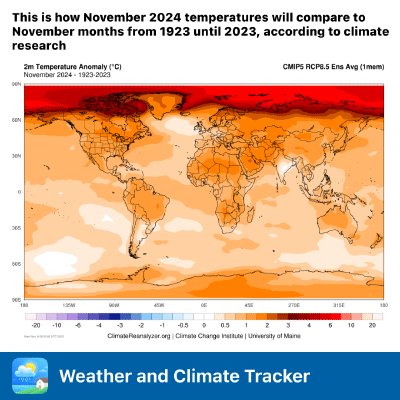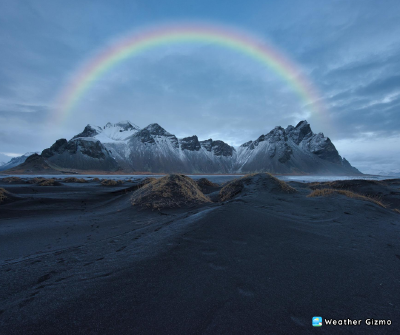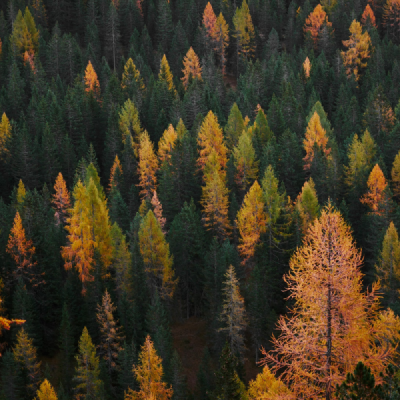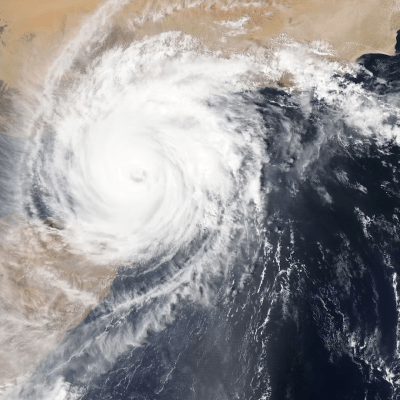
[Earth]

[Sky]
Did you know that a full rainbow is actually a complete circle? The thing is that it’s not an arc we are used to see but a complete circle partly hidden from us. And only in certain conditions, like being on an airplane or standing on a mountain one can see an amazing view of an entire circular rainbow.
Read more
[Sky]
From October 16 to 27, a real starfall will spill onto the Earth. It will be a meteor shower with a radiant in the Orion constellation, and therefore it will be called the Orionids Starfall. The peak of its activity will be on October 21-22. Scientists estimate that the average number of falling stars will be around 20-25 per hour.
Read more
[ Sky]
Light drizzle is a type of precipitation with very small raindrops. The drops are around 0.2 to 0.5 millimeters in diameter, making them barely visible. Light drizzle often occurs in cooler temperatures between 10 to 18 degrees Celsius. The air is usually calm with little wind. Light drizzle forms when low, gray clouds called stratus clouds cover the sky.
Read more
[Earth]
What is “Indian summer” and when does it happen? Mid-autumn is the time for the “return of summer”. Though all of us understand pretty well that a couple of warm and sunny autumn weeks will soon be replaced by the first frost, we continue calling this short period as summer.
Read more
[Earth]
Meteorological Autumn and Astronomical Autumn are two different ways of defining the seasons: Meteorological Autumn: Meteorological seasons are based on the calendar months and are primarily used by meteorologists and climatologists for consistent and simplified record-keeping and forecasting. In the meteorological definition, autumn is considered to be the three calendar months of September, October, and November in the Northern Hemisphere, and March, April, and May in the Southern Hemisphere.
Read more
[Sky]
Did you know how hurricanes and typhoons get their names? Previously, no system existed; the names of the hurricanes depended on the date (for example, Hurricane Santa Anna, which happened on St. Anne’s Day) or its form (as happened with Hurricane “Pin”). There were even anecdotic cases: for example, one meteorologist from Australia used to give the hurricanes the names of politicians who voted against the budget for meteorological research.
Read more
[Sky]
Europe: History & System: The practice of naming storms in Europe is relatively recent compared to the USA. It began in the 1950s for the North Atlantic storms and was more widely adopted in the 21st century. Various national meteorological agencies across Europe are responsible for naming storms. For instance, the UK’s Met Office, Ireland’s Met Éireann, and the Netherlands' Royal Netherlands Meteorological Institute collaborate to name storms that impact their regions.
Read more